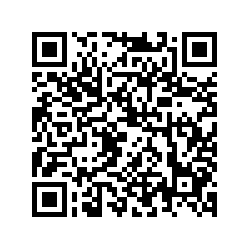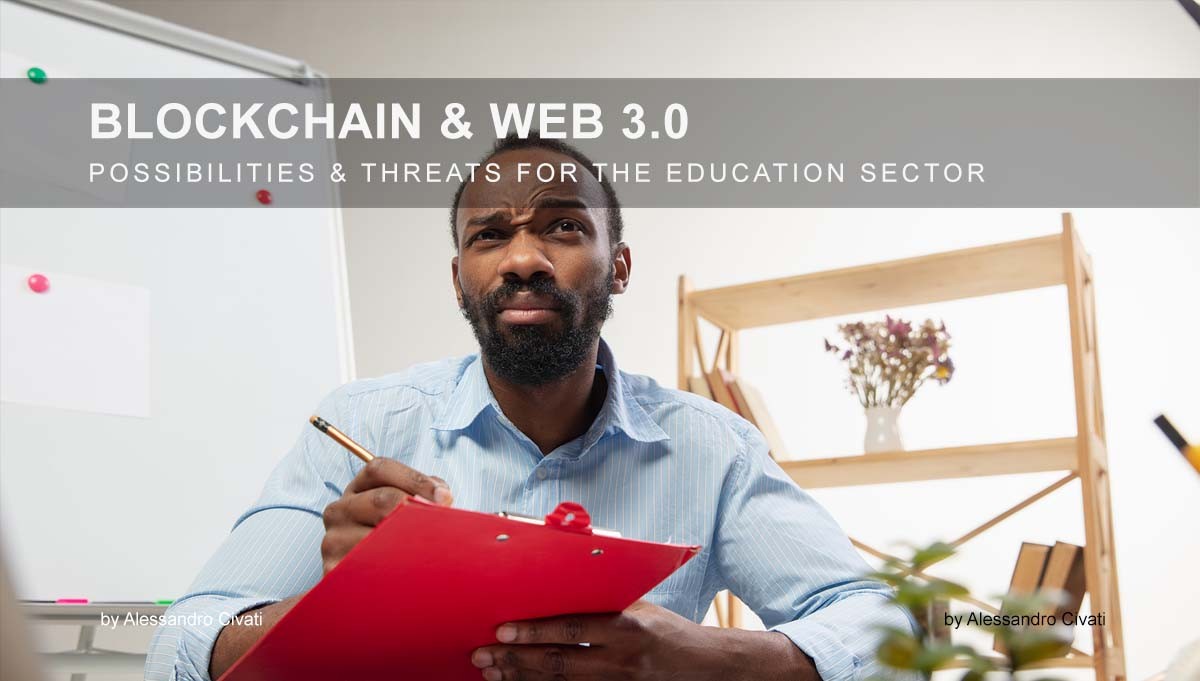More and more companies are increasingly exploring potential applications for blockchain technology in the education sector and a host of other industries. Some of these projects paint a good picture of where and how Blockchain will be used in the education ecosystem. We can expect to see wide-scale adoption in the education sector. Predictions indicate that blockchain-as-a-service is expected to double by 2026.
Dapps
The education system is entirely based on centralized control where the relevant authorities set the rules and curriculum. The struggle in the industry has always existed between less or more control by governments. Governments have provided funding for education and consequently dictate matters in the education field. Decentralized applications (Dapps) refer to applications built on blockchain technology. These blockchain solutions promise to offer alternatives to parents and learners to gain some control in the education industry. The efforts of developers and other players are focused on Dapps since this is where the long-term impact on the education sector will be found. Steps are underway to design blockchain credentials that allow people to track their own learning without relying on institution-controlled transcripts. The future would have to revolve around the performance and output of learners rather than grades and the name of an educational institution. People will be all about tracking the process.
A single Dapp product is improbable to revolutionize the industry but provides significant traction and proof of staying power of the technology within the industry. The release of Dapps is further proof that the full impact of Blockchain is within the horizon. The end-user of these solutions will not even release that the “apps” they are using are powered by Blockchain but will definitely improve usability and user experience.
The Application Layer
The application layer is what users interact within any software. Developing a good application layer is critical for any software that is expected to disrupt the education industry. An effective user interface combined with ease of use will ensure solutions can dominate the space faster and significantly impact. There is numerous application-level development currently going on in the blockchain space. A hunger for wide-scale adoption and growth within the education sector drives actions beyond proof of concept. The application layer is where a technology product meets reality. Developers in Edutech are moving towards tenets such as usability and simplicity by working on user interfaces and user experience. People aren’t ready to spend their time and energy learning about a new product.
Blockchain and Web3.0 technologies are expected to make unbundle courses from degree programs and tertiary institutions easier. People will have the option to sign up for the classes of their choice, and, on the other hand, instructors can market their courses directly to potential students.
New Investments.
More companies and institutions are investing heavily in the blockchain space. With the global economy recovering from the pandemic, we expect to see more education sector solutions based on Blockchain and other web3.0 technologies. Stakeholders in the education sector are no longer fearful of taking the dive into the execution of blockchain projects. Some groups are organizing learning courses meant to bring knowledge from the arts, humanities, and social sciences into conversations about the Web3.0 world continuously being dreamed into reality. More projects are helping to expose companies and people to blockchain technology and better understand Blockchain and its vast potential.
Increasing Connections and Decentralized Organizations.
A distinctive characteristic of Blockchain is collaboration, and the future of the startup ecosystem is interconnected. Major players in the education industry are teaming up to fast-track solutions. Decentralized Autonomous Organizations (DAOs) have popped up with various goals and functions. These mutually beneficial relationships will foster faster adoption and development of blockchain-backed solutions. The education industry is ripe for disruption, and Edutech entrepreneurs are eager to use Blockchain and other Web3.0 technologies to bring about change.
The future driven by Edutech will see learners access courses without having to enroll in colleges in colleges and other tertiary institutions. As a result, their lecturers and teachers will benefit directly from their studies or intellectual property by directly accessing students. Students will have the option to track their progress on blockchain-powered credential chains. The collaborative aspect of Blockchain will help people to invest in the proper tokens to congregate into learning groups that want to explore topics of mutual interest. The education ecosystem would transform schools from teaching and learning sites to buying and selling marketplaces.
In the Metaverse, blockchain enthusiasts can already envision how emerging tech will share education. The EduVerse is expected to provide teacher avatars that will teleport to digital EduTech hubs where people can learn new technology skills added to their credential chains. People can enter marketplaces where they can trade lesson plans they’ve created for tokens and even interact with other teachers from around the world.
In conclusion, the dilemma lies in whether the Edutech players are creating blockchain systems to improve education or are simply seeing them as opportunities for financial enrichment. Blockchain and Web 3.0 will attract both “missionaries” and “mercenaries.” Some people want to create alternatives and value in the education ecosystem, while others will be driven by money/profit. The transformation of education through Blockchain and other web3.0 technologies should create value and the common good.

Author: Alessandro Civati
Blockchain ID: https://x88.life/09Nl27ToKC






